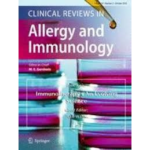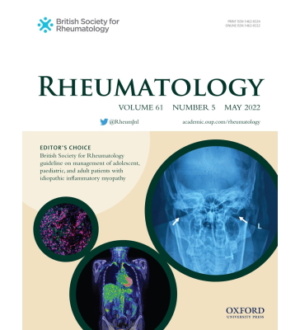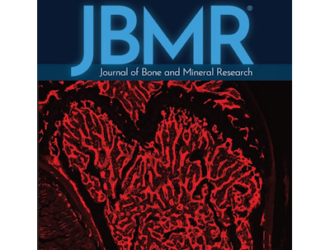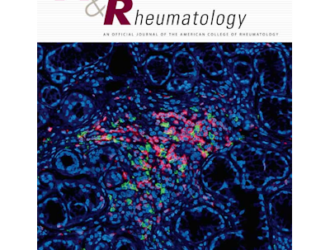 В этом обзоре освещается прогресс в исследованиях, достигнутый за 30 с лишним лет с момента обнаружения аутоантител к Ro52/TRIM21 у пациентов с системной красной волчанкой (СКВ) и синдромом Шегрена (СШ).
В этом обзоре освещается прогресс в исследованиях, достигнутый за 30 с лишним лет с момента обнаружения аутоантител к Ro52/TRIM21 у пациентов с системной красной волчанкой (СКВ) и синдромом Шегрена (СШ).
После первоначального клонирования экспрессии Ro52 cDNA (комплементарной ДНК), потребовалось много лет, чтобы в настоящее время понять интересную биологическую функцию Ro52 как E3 убиквитинлигазы и ее роль во врожденном иммунном клиренсе внутриклеточного комплекса, связанного с IgG.
Ранние наблюдения показывают, что анти-Ro52, в основном связанный с анти-SS-A/Ro60 и/или анти-SS-B/La, обычно обнаруживается при СКВ (40−70%), СШ (70−90%), неонатальной красной волчанке (НВ, 75−90%) и подострой кожной красной волчанке (50−60%). Долгое время считалось, что анти-Ro52 играет прямую патогенетическую роль при врожденной блокаде сердца при НВ, а также в удлинении интервала QT у некоторых взрослых. Широкая доступность анализа на анти-Ro52 привела к обнаружению анти-Ro52 при других заболеваниях, включая аутоиммунный гепатит (20−40%), системный склероз (10−30%) и аутоиммунный миозит (20−40%).
Более десяти исследований указали на связь анти-Ro52 с интерстициальным заболеванием легких и, что более важно, на корреляцию с плохим исходом и худшей выживаемостью. Другие исследования указывают на интересную роль анти-Ro52 в диагностике некоторых видов рака. Необходимы будущие исследования для изучения механизма патогенеза анти-Ro52 и тщательного документирования его причинно-следственных связей при различных заболеваниях.
Edward K L Chan
Clinical Reviews in Allergy & Immunology, October 2022, Volume 63, Issue 2, рр 178−193.
doi: 10.1007/s12016−021−8 911-z
PMID: 35 040 083
Anti-Ro52 Autoantibody is common in Systemic Autoimmune Rheumatic Diseases and correlating with worse outcome when associated with interstitial lung disease in Systemic Sclerosis and Autoimmune Myositis
This review highlights the 30 plus years research progress since the discovery of autoantibody to Ro52/TRIM21 in patients with systemic lupus erythematosus (SLE) and Sjögren's syndrome (SjS). After the initial expression cloning of the Ro52 cDNA, it has taken many years to the current understanding in the interesting biological function of Ro52 as an E3 ubiquitin ligase and its role in innate immune clearance of intracellular IgG-bound complex.
Early observations show that anti-Ro52, mostly associated with anti-SS-A/Ro60 and/or anti-SS-B/La, is commonly found in SLE (40−70%), SjS (70−90%), neonatal lupus erythematosus (NLE, 75−90%), and subacute cutaneous lupus erythematosus (50−60%). Anti-Ro52 has long been postulated to play a direct pathogenic role in congenital heart block in NLE as well as in the QT interval prolongation in some adults. The widespread availability of the anti-Ro52 assay has led to the detection of anti-Ro52 in other diseases including autoimmune hepatitis (20−40%), systemic sclerosis (10−30%), and autoimmune myositis (20−40%).
More than ten studies have pointed to an association of anti-Ro52 with interstitial lung disease and, more importantly, correlating with poor outcome and worse survival. Other studies are implicating an interesting role for anti-Ro52 in the diagnosis of certain cancers. Future studies are needed to examine the mechanism in the pathogenesis of anti-Ro52 and carefully documenting its causal relationships in different disease conditions.







